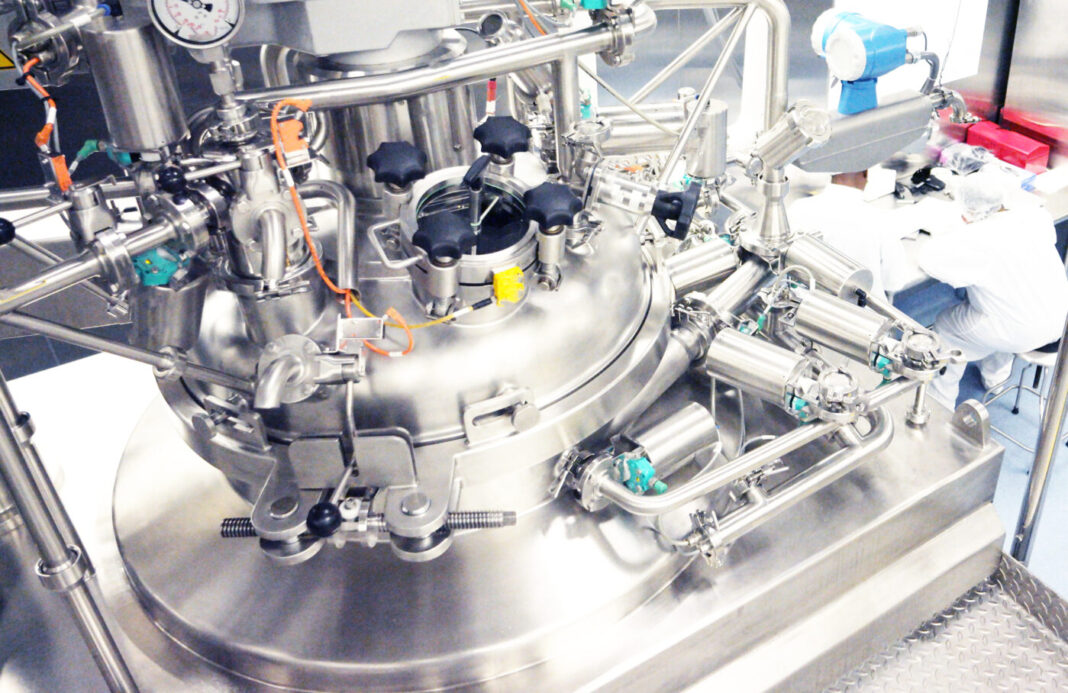Continuous bioprocessing, a critical component of Biopharma 4.0, promises process stability plus improved quality and profitability, which raises the question many people have been asking: If it’s so great, why isn’t everybody doing it? The reason, of course, is that “new and improved” unit operations (and processes) involve costly development hurdles and tradeoffs.
A recent paper from a group at Rutgers argues that these adoption barriers may be “overcome through improved process understanding via better predictive capabilities enabled by hybrid modeling that can also lead to robust process control.”
Aron Gyorgypal, a coauthor and grad student, broke down these “adoption barriers.”
Product hold: Implementing continuous upstream cell culture (e.g., perfusion or tangential flow filtration) and feeding directly to downstream purification is difficult due to a number of issues, so bioprocessors turn to surge tanks. “While surge tanks may help mitigate issues with mass flow rates between upstream and downstream, hold times may cause issues with product quality,” explains Gyorgypal. There are also limitations in process optimization since the optimization is constrained towards time and resource availability. Absent an effort to explore the design space of these products through scaledown approaches, there will be product safety risks.”
Process intensification, or lack thereof: Continuous purification introduces issues of its own due to the number of steps required downstream. “Technology is being evaluated for migrating processes from batch to continuous, but issues arise with synchronizing multiple chromatography steps and optimizing fraction collection,” continues Gyorgypal.
Process monitoring/control: Several spectrometric techniques (Raman, NIR, and FTIR) are available for non-invasive process monitoring. “Recent developments like multivariate data analysis and correlation allows monitoring for these attributes,” Gyorgypal tells GEN. “Also, we see a growing trend in adoption of automated sampling preparation devices such as flow injection analysis with dedicated at-line or on-line HPLC-MS units, as well as the use of multi-attribute monitoring.”
Finally, all unit operations must be fully integrated to allow real-time decision making and risk-based analysis. “While some companies have succeeded in creating continuous processes as a proof-of-concept, much work remains to integrate upstream, downstream, and to tie it all together via process modeling,” according to Gyorgypal.
Despite these technologic advances and well-known issues- or maybe because of them–the transition to continuous bioprocessing has been slow.
“The first reason is regulatory,” continues Gyorgypal. “While manufacturers ask, ‘how do we streamline this process?’ regulators ask, ‘how can you assure the product is not changing as processes change?’ Even fed-batch production involves biologic variability, which control strategies cannot yet mitigate. This explains efforts toward process analytical technology), which sheds light on how changing process parameters affect product quality. Until researchers have available mechanistic and predictive models, migrating towards continuous processing will not be feasible.”






